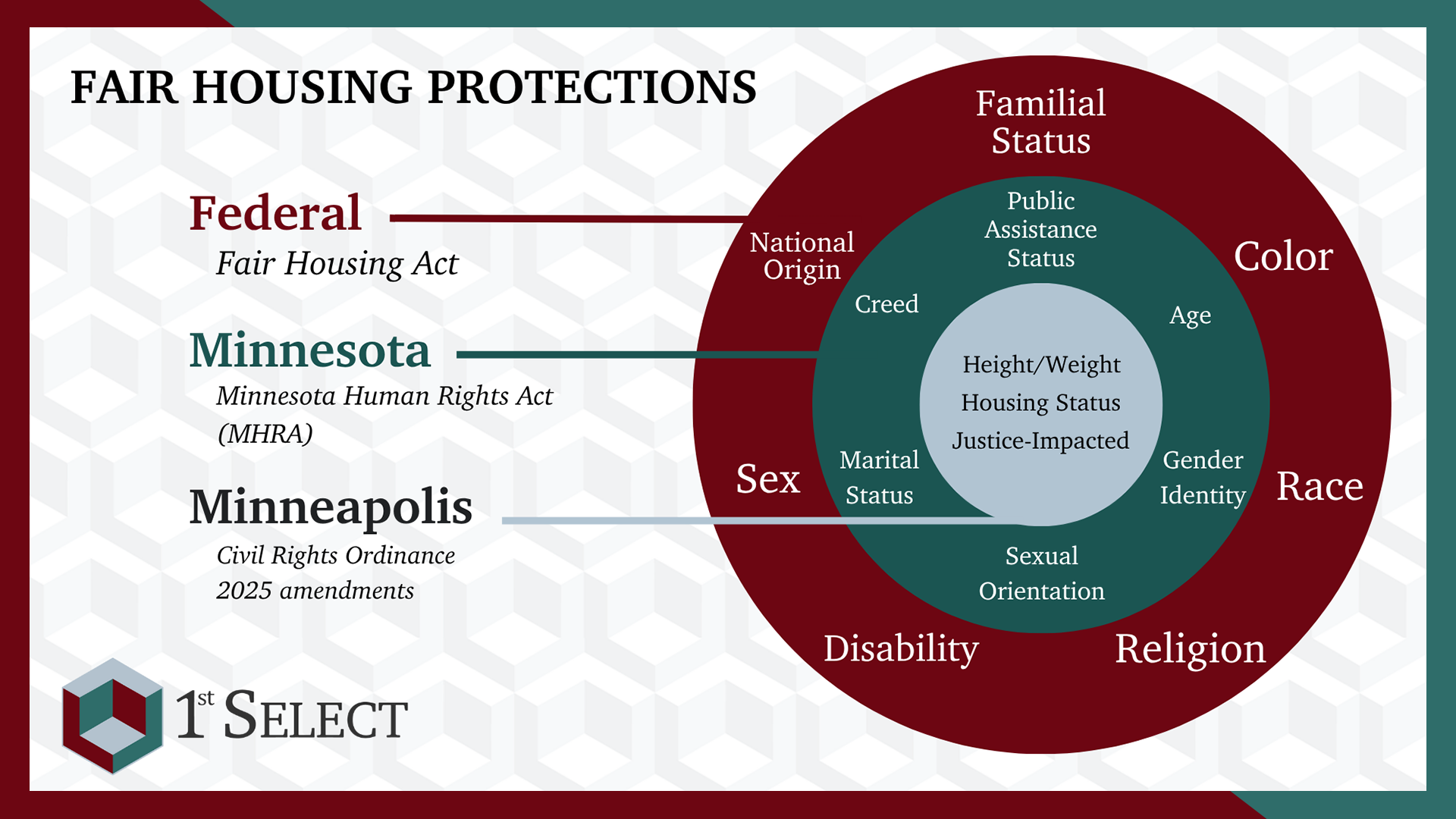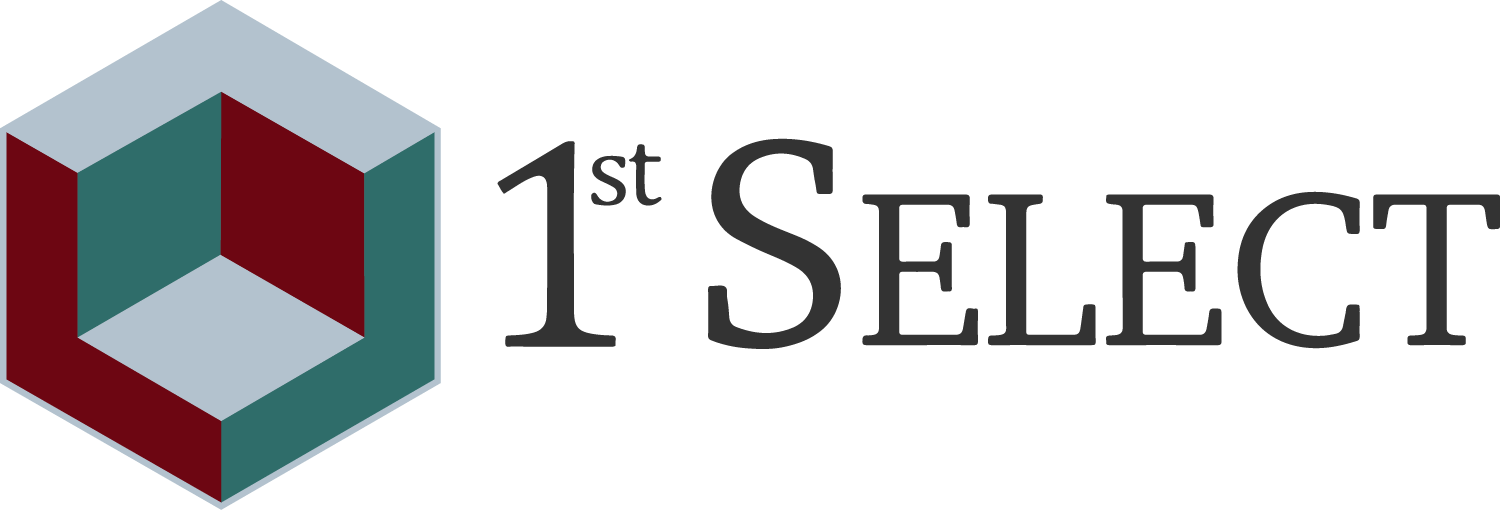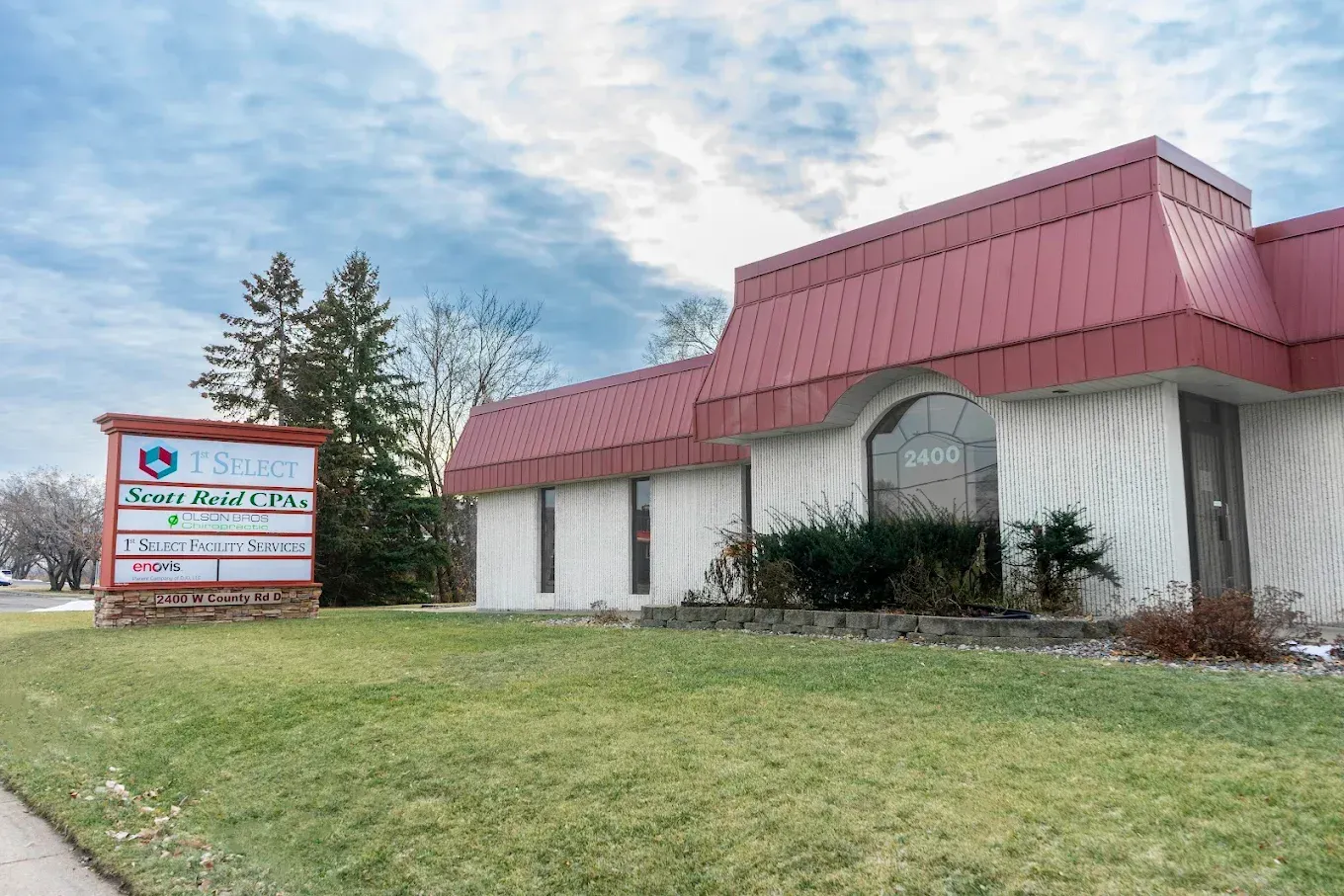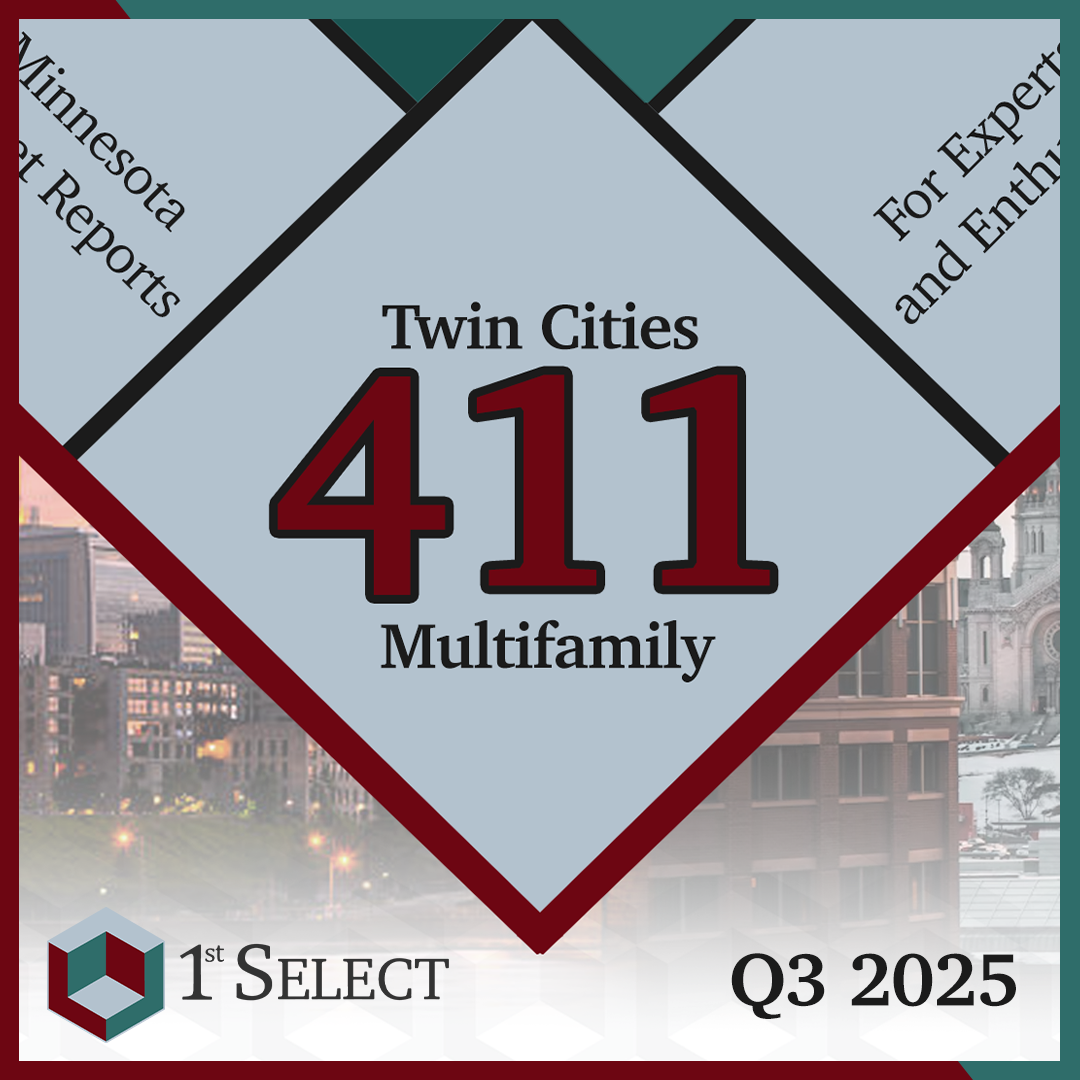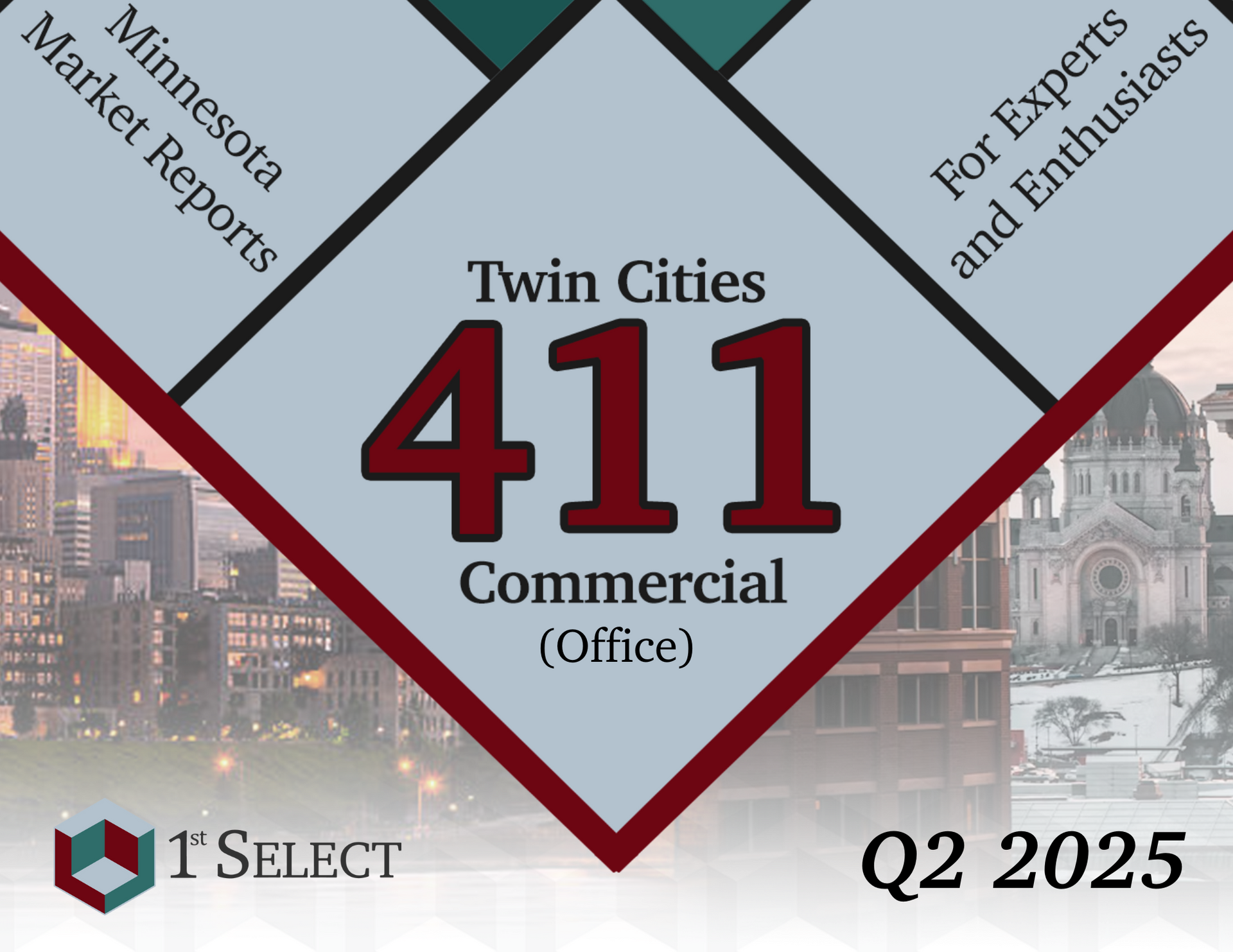Preparing for Fall Inspections in Minnesota Multifamily Properties
Fall inspection season is here - are your properties prepared?

As the seasons change in Minnesota, multifamily property owners face more than dropping temperatures and falling leaves—they also face inspection season. Staying compliant with city and state requirements is essential, but the smartest owners go beyond the basics to protect their investment and keep tenants happy. Here’s what to expect from official inspections in Minneapolis, St. Paul, and across Minnesota, and what additional steps you should be taking every fall.
What Minnesota & Local Inspections Typically Cover
State and city inspections vary depending on the jurisdiction, but most multifamily rental inspections focus on the same key areas of health, safety, and habitability.
1. Life Safety Systems
- Working smoke detectors and carbon monoxide detectors.
- Accessible, unblocked exits.
- Fire extinguishers and alarms in working condition.
2. Structural Safety
- Secure handrails and guardrails on stairs and balconies.
- No broken steps, loose railings, or unstable flooring.
- Entrances and common areas that are free of hazards.
3. Plumbing & Electrical
- No leaks, drips, or water damage.
- Properly vented water heaters and functioning plumbing fixtures.
- Covered electrical panels and no exposed wiring.
4. Heating Requirements
- Heating systems must be capable of maintaining at least 68°F inside, even during subzero temps.
- Safe operation of boilers, furnaces, or other heating equipment.
5. General Sanitation
- Clean common areas with no evidence of pests.
- Trash storage and disposal systems in good order.
- Property free of accumulation of debris.
In Minneapolis and St. Paul, inspections are also tied to rental licensing programs, with added emphasis on safety, habitability, and proper property upkeep.
Beyond Compliance: Smart Fall Maintenance for Multifamily Properties
Passing inspection is the baseline—but proactive owners know that fall is the best time to prepare for Minnesota’s harsh winter. These items may not always appear on the official checklist, but they can prevent emergencies, protect property value, and keep tenants comfortable.
1. HVAC Systems & Filters
- Replace filters to improve air quality and system efficiency.
- Schedule a furnace or boiler tune-up to avoid breakdowns during January’s deep freeze.
- Inspect thermostats and pilot lights for proper function.
2. Doors & Windows
- Check weather stripping and seals to prevent drafts and reduce utility costs.
- Test locks and latches for security.
- Inspect caulking around frames to stop moisture intrusion.
3. Gutters, Drainage, & Roofing
- Clear leaves and debris before snow creates blockages.
- Make sure downspouts extend several feet from the foundation to prevent basement flooding.
- Inspect roofing for loose shingles, flashing, or soft spots that won’t hold up to heavy snow loads.
4. Fire Safety Follow-Through
- Beyond alarms and detectors, ensure nothing blocks stairwells or exit doors.
- Check that fire extinguishers are accessible and properly charged.
- Verify that emergency lighting works during power outages.
5. Common Area Cleanliness
- Deep clean lobbies, laundry rooms, and stairwells before winter salt and moisture make maintenance harder.
- Ensure proper lighting in parking areas and entryways for resident safety during darker evenings.
- Inspect flooring for wear that could create slip hazards.
6. Signage, Licenses, & Permits
- Confirm that rental licenses and permits are current and posted as required.
- Replace faded or missing emergency signage.
- Check parking lot or garage signage before winter plowing begins.
Why Going Beyond the Minimum Matters
Fall prep isn’t just about passing inspection—it’s about protecting your investment.
- Cost Control – Small repairs now prevent expensive mid-winter emergencies. For example, a $200 gutter cleaning is cheaper than a $5,000 water damage claim.
- Tenant Retention – Residents notice when a building is well-maintained, leading to fewer complaints and longer leases.
- Peace of Mind – Owners and managers avoid last-minute scrambles when inspectors arrive or when the first snowstorm hits.
Need a Hand?
Of course, managing both official inspections and proactive maintenance can be time-consuming. If this checklist feels overwhelming, that’s where we come in.
Our team specializes in multifamily property management throughout Minneapolis, St. Paul, and greater Minnesota. We handle the compliance requirements and the preventative steps that keep your property running smoothly year-round.
Fill out the form below or contact us at:
📞 612-524-1000
✉️ info@1stSelect.net
Share this post
Still Have Questions? Just Want to Chat?
The 1st Select Difference
Managing your investment property shouldn't be a headache when there are experts to help you located right in Minnesota. Servicing the Twin Cities metro and beyond, 1st Select works with owners to define their goals and success, and then we build a plan specific to reaching your success. That's the 1st Select Difference.
We know that the investment journey is a long one, and it doesn't start with management. This is why we are a full service real estate firm capable of handling brokerage, management, and maintenance for commercial and multifamily investment properties. No matter where you are in your investment journey, 1st Select is here to help.
Click to learn more about us and our proven process for success!
